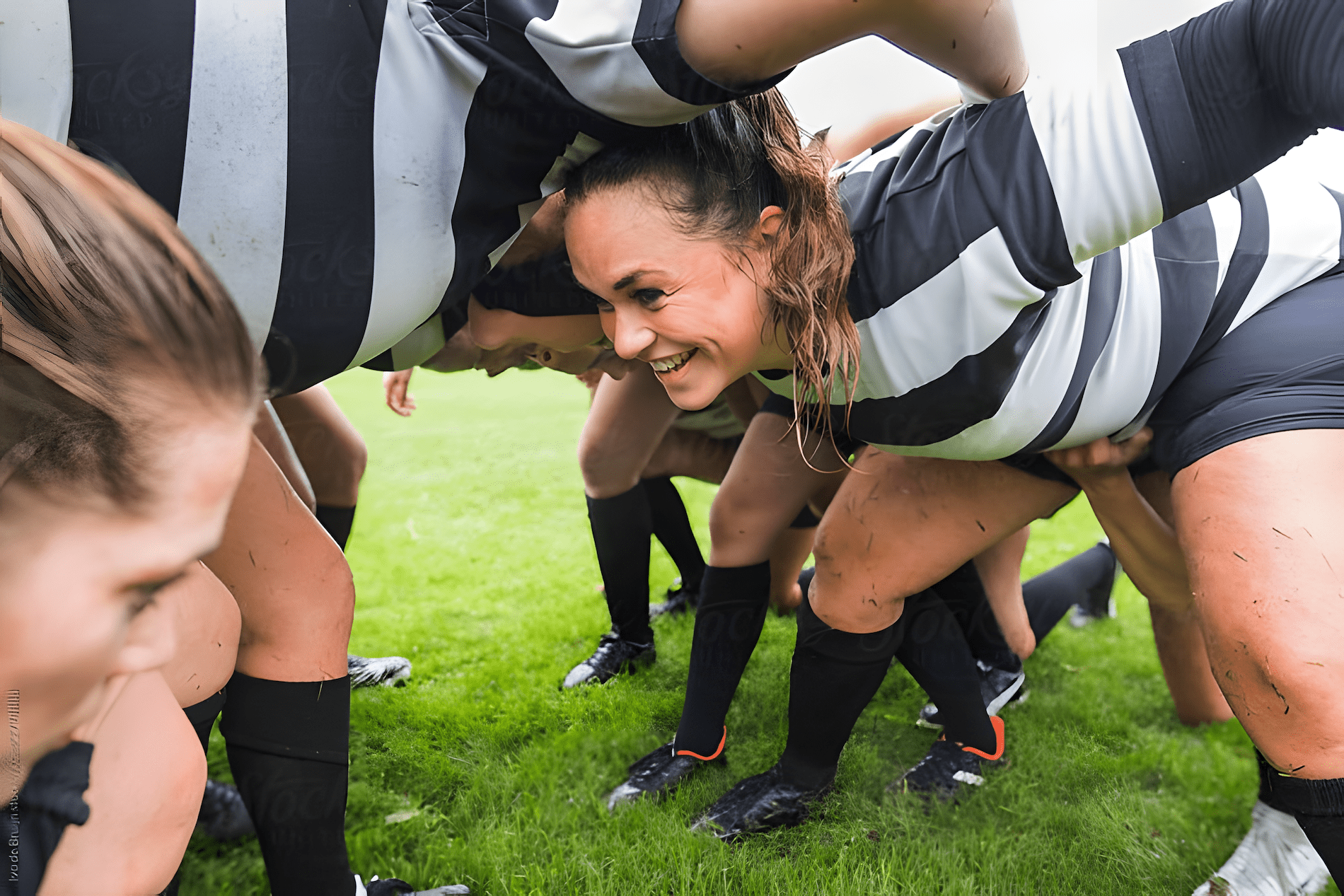Good mornings are a dynamic exercise that can significantly contribute to your overall strength and fitness. In this guide, we’ll explore the benefits of good mornings, how they target specific muscle groups, their impact on performance for rugby players, proper execution techniques, variations to keep your routine exciting, safety precautions, and complementary exercises to maximize your gains.
What Muscles are Targeted?
Good mornings primarily target the posterior chain, which includes the muscles along the back of your body. These muscles include the hamstrings, glutes, lower back (erector spinae), and to a lesser extent, the core muscles. By engaging these muscle groups, good mornings help improve hip hinge mechanics and promote better posture.
What Are the Outcomes?
Incorporating good mornings into your workout routine can lead to several positive outcomes:
- Increased Strength: Good mornings strengthen the posterior chain, which translates to improved performance in various activities such as lifting, running, and sports.
- Enhanced Posture: By targeting the muscles responsible for maintaining proper posture, good mornings can help alleviate back pain and improve overall alignment.
- Improved Hip Mobility: Performing good mornings requires a proper hip hinge movement, which can enhance hip mobility and flexibility over time.
- Injury Prevention: Strengthening the muscles of the lower back and hips can reduce the risk of injuries, especially during activities that involve bending and lifting.

How Do Good Mornings Benefit Rugby Players?
Rugby is a physically demanding sport that requires strength, power, and endurance. Good mornings offer specific benefits to rugby players:
- Enhanced Tackle Power: The posterior chain strength gained from good mornings can improve a player’s ability to generate power during tackles, enhancing their effectiveness on the field.
- Improved Sprinting Performance: Strong hamstrings and glutes are essential for explosive sprinting, crucial for breaking through defenses or chasing down opponents.
- Better Scrum Stability: Rugby scrums require immense lower body strength and stability. Good mornings help strengthen the muscles needed to maintain a stable and powerful scrum position.
How to Perform the Exercise Correctly
Proper form is essential to maximize the benefits of good mornings and prevent injury. Follow these steps for correct execution:
- Starting Position: Stand with your feet shoulder-width apart, holding a barbell across your upper back or shoulders.
- Engage Core: Brace your core to stabilize your spine throughout the movement.
- Hip Hinge: Keeping your back straight, bend at the hips while maintaining a slight bend in the knees. Lower your torso until it is parallel to the ground or slightly below.
- Return to Starting Position: Push through your heels and drive your hips forward to return to the starting position, maintaining tension in the glutes and hamstrings.
Variations of the Exercise
To keep your routine challenging and prevent plateaus, consider incorporating these variations of the good morning:
- Romanian Deadlifts: Similar to good mornings but performed with a barbell or dumbbells held in front of the body, targeting the hamstrings and glutes.
- Single-Leg Good Mornings: Perform good mornings while balancing on one leg to increase stability and unilateral strength.
- Banded Good Mornings: Add resistance by attaching a resistance band to the barbell, increasing tension throughout the movement.
Integrating the Exercise into Your Routine
To reap the full benefits of good mornings, incorporate them into your weekly workout routine. Aim to perform 3-4 sets of 8-12 repetitions, ensuring proper form and adequate rest between sets.
You can place good mornings on lower body or posterior chain-focused days, alongside exercises such as deadlifts, squats, and hip thrusts. Start with lighter weights to master the technique before gradually increasing the load.
Safety Tips and Common Mistakes
To prevent injury and maximize effectiveness, keep these safety tips in mind:
- Start Light: Begin with a lighter weight to master the movement pattern and gradually increase the load as you become more comfortable.
- Maintain Neutral Spine: Avoid rounding your lower back during the movement to prevent strain on the spine. Keep your core engaged and back straight throughout.
- Don’t Overextend: Avoid hyperextending your back at the top of the movement. Focus on squeezing your glutes to return to the starting position.
- Listen to Your Body: If you experience any pain or discomfort, stop the exercise immediately and reassess your form.

Complementary Exercises
To further strengthen the muscles targeted by good mornings and create a well-rounded workout routine, consider incorporating these complementary exercises:
- Glute Bridges: Target the glutes and hamstrings while also engaging the core and hip stabilizers.
- Reverse Hyperextensions: Strengthen the lower back and glutes while decompressing the spine.
- Plank Variations: Build core strength and stability to support proper posture during good mornings and other compound movements.
Alternative Exercises
If good mornings don’t align with your fitness goals or you’re looking for alternative exercises, consider the following options:
- Deadlifts: A compound exercise that targets similar muscle groups while also engaging the upper body.
- Leg Press: Focuses primarily on the quadriceps and glutes while providing support for the lower back.
- Back Extensions: Targets the lower back and posterior chain without placing as much stress on the spine.
By incorporating good mornings into your workout routine and paying attention to proper form and technique, you can strengthen your posterior chain, improve athletic performance, and reduce the risk of injury both on and off the field. Remember to start slowly, listen to your body, and gradually progress as you build strength and confidence.

